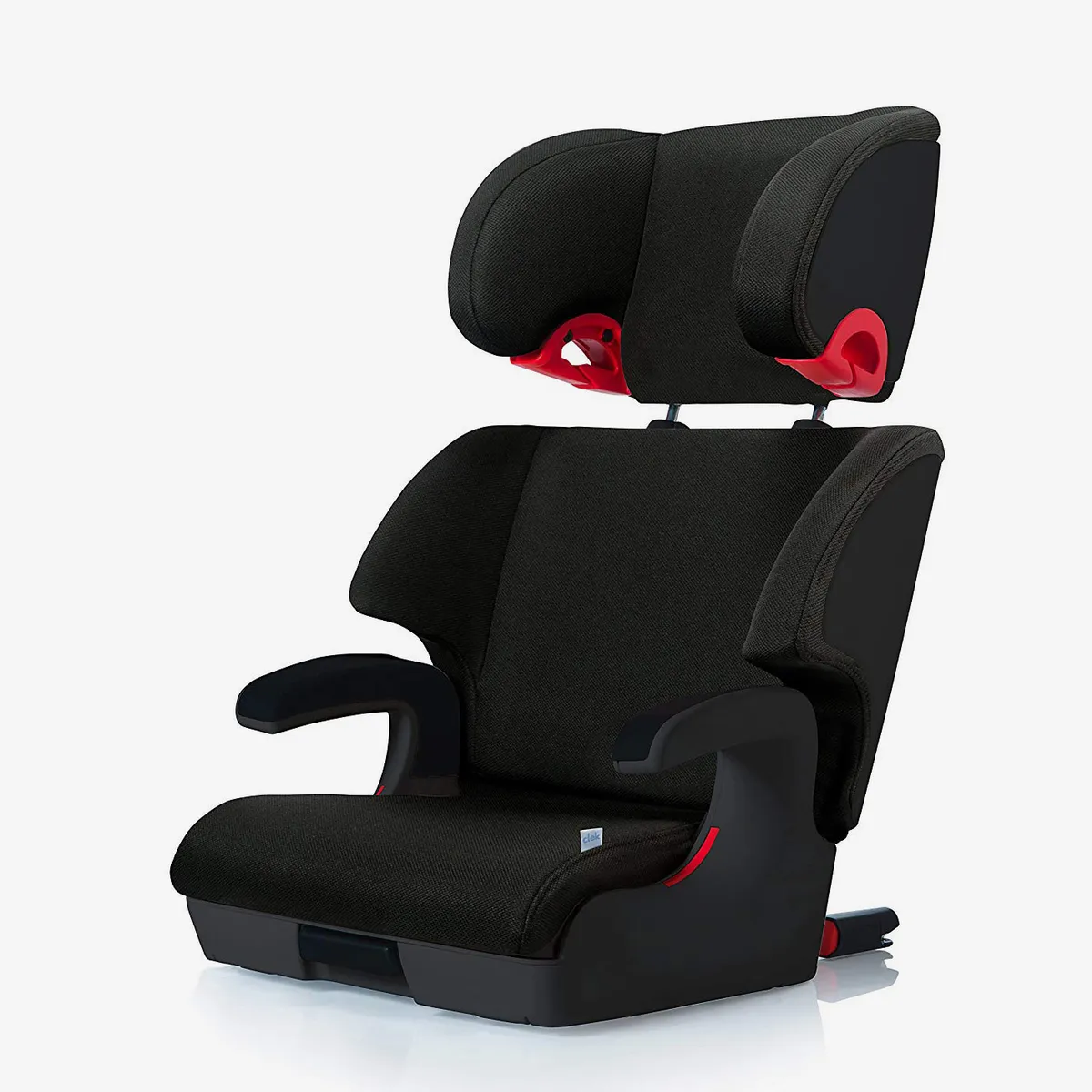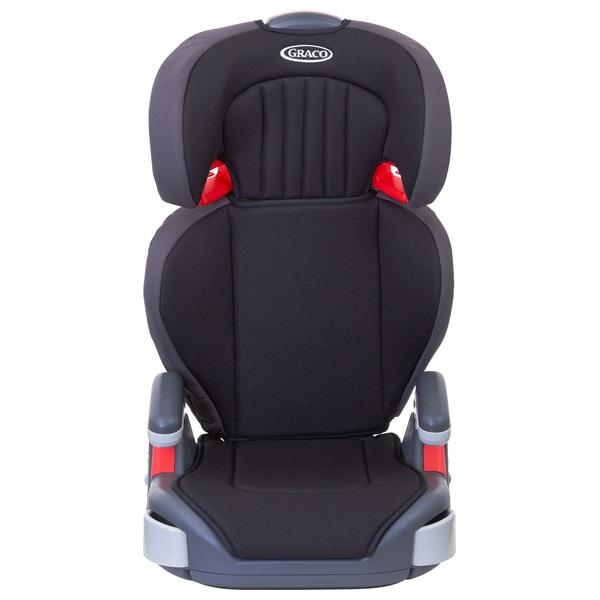
How sore can you become from carrying your baby’s car seat? Have you noticed anyone else with that unnatural stride that goes along with it?
To carry a car seat correctly, if you didn’t know you were doing it incorrectly, read on. If the seat seems too heavy, you can choose another method of carrying your child. Let’s dig right in!
Table of Contents
What Are I-Size Car Seats?
i-Baby and child car seats must meet a size requirement in Europe. It is a part of ECE R129, which will eventually replace the previous safety regulation R44/04. It is intended that eventually, all car seats will adhere to the stricter i-Size safety requirements.
You cannot use an i-Size car seat unless your vehicle has Isofix connectors. Currently, there aren’t many i-Size seats available in the UK, and not all vehicles have Isofix connectors.
What Size Car Seat?
Car seats are divided into 3 main groups, depending on your baby or child’s age and weight:
- group 0+ – rear-facing car seats suitable for babies aged up to about 15 months or who weigh up to 13kg (29lb); some can be clipped onto a pushchair frame and are known as travel systems
- group 1 – rear or forward-facing seats suitable for children who weigh 9-18kg (20-40lb) or who are aged from about 9 months to 4 years
- group 2/3 – rear or forward-facing high-backed booster seats suitable for children who weigh 15-36kg (33lb-5st 9lb) or are aged from about 4 to 11 years

How To Carry A Car Seat?
1. Carry-In The Center
The staff at Oh Baby! Fitness advises holding your infant car seat in front of you, as close to your core as you can—much like how you’d carry a laundry basket. Your posture improves as a result of this.
2. Add A Strap
You can carry any brand or model of car seat over your shoulder with a cocobelt, and it has stylish patterns to boot. However, some companies, such as Diono, market their own carry straps for particular car seat models.
3. Switch To A Carrier
Puente advises avoiding the need to lug a car seat around all day by using a baby carrier or wrap instead. These are ergonomically made to take the weight of the baby off your back. And there are lots of options.
Tips For Carrying Car Seat
- It’s best to test out several car seats before making a choice when purchasing one. Look for a retailer who will assist you with this. Find out if the staff has received training on installing car seats.
- Check to see if your car has Isofix connectors installed. These are intended to simplify the process of installing child and infant car seats. They are present in the majority of contemporary family vehicles. You should check the gaps between the padding of your car seats in case they are there.
- The vehicles in which certain car seat manufacturers’ products fit are listed in online guides. Check to see if the car seat will fit in their vehicle as well as if your baby will frequently travel in another car, such as one with family members.
- Always pick a child or infant car seat that is appropriate for your child’s current height and weight; for more information, see What size car seat? for more.
- Do not purchase a used car seat. It might not have all of its components, including the instructions, and it might have been damaged in an accident. It might not fit your car properly, be the safest, or be the model with the best user interface.
- If a car seat is offered to you by friends or family, only accept it if you are aware of its history, it is not too old, and it comes with instructions.
- The car seat’s intended use should be considered. A lightweight seat with a base that stays in the car, for instance, may be preferable if you’ll be lifting your baby in and out of the car frequently.
- In this nation, all car seats should be CE-certified. Look for the “E” mark label on the seat.